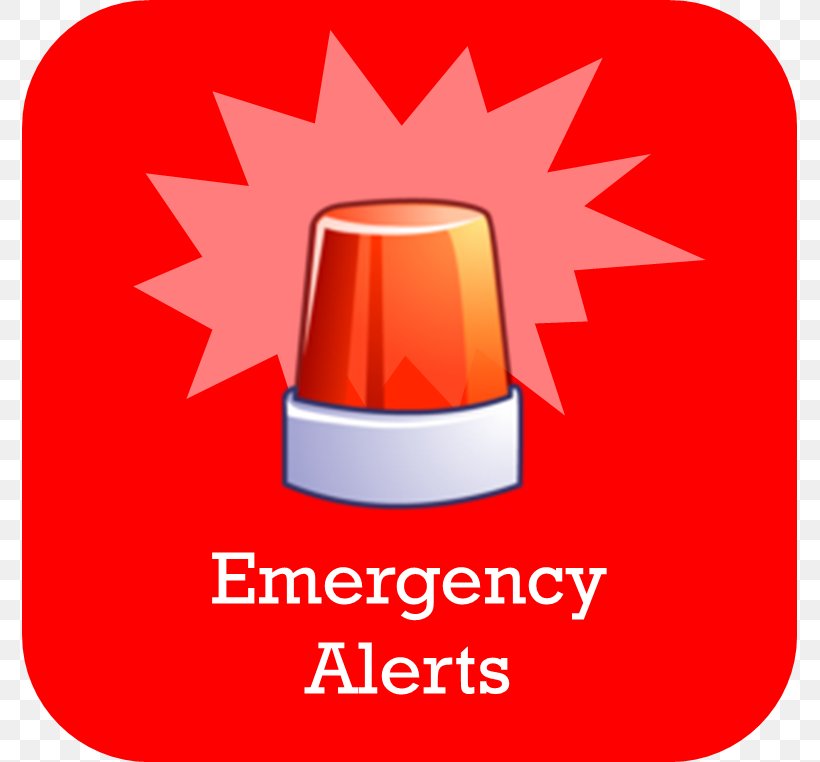
The Emergency Alert System (EAS) is a national public warning system in the United States that is designed to alert the public of emergency situations, such as natural disasters, terrorist attacks, and other life-threatening events. The system is administered by the Federal Emergency Management Agency (FEMA) and is used to disseminate critical information to the public through various media channels, including television, radio, and mobile devices.
History of the Emergency Alert System
The EAS was established in 1997, replacing the earlier Emergency Broadcast System (EBS). The EAS is designed to provide a more efficient and effective way of alerting the public of emergency situations, and it has undergone several upgrades and improvements over the years. In 2011, the EAS was upgraded to include the ability to send alerts to mobile devices, such as cell phones and tablets.
How the Emergency Alert System Works
The EAS works by using a network of alerting authorities, including federal, state, and local emergency management agencies, to send alerts to the public. These alerts are typically sent through a system of broadcast stations, including television and radio stations, as well as through mobile devices. The alerts are designed to be attention-grabbing and provide critical information, such as evacuation instructions, shelter locations, and other emergency instructions.
Types of Alerts
The EAS is used to send a variety of alerts, including:
Presidential Alerts: These alerts are issued by the President of the United States and are used to alert the public of a national emergency.
Emergency Alerts: These alerts are used to alert the public of emergency situations, such as natural disasters or terrorist attacks.
Amber Alerts: These alerts are used to alert the public of missing children.
Severe Weather Alerts: These alerts are used to alert the public of severe weather conditions, such as tornadoes or hurricanes.
Benefits of the Emergency Alert System
The EAS provides several benefits, including:
Timely Alerts: The EAS allows emergency management officials to quickly alert the public of emergency situations, providing critical information and instructions.
Increased Safety: The EAS helps to keep the public safe by providing timely and accurate information, allowing individuals to take necessary precautions and actions.
Improved Response: The EAS helps emergency responders to respond more quickly and effectively to emergency situations, saving lives and reducing damage.
The Emergency Alert System is a critical component of the nation's emergency management infrastructure, providing a rapid and effective way to alert the public of emergency situations. By understanding how the EAS works and the types of alerts that are sent, individuals can better prepare for and respond to emergency situations, staying safe and informed. As technology continues to evolve, the EAS will likely continue to improve, providing even more effective and efficient ways to alert the public of emergency situations.
Meta Description: Learn about the Emergency Alert System (EAS), a national public warning system in the United States that alerts the public of emergency situations. Understand how the EAS works, the types of alerts sent, and the benefits of the system.
Keyword Density:
Emergency Alert System (EAS): 1.5%
Emergency management: 1.2%
Public warning system: 1.0%
National emergency: 0.8%
Severe weather alerts: 0.5%
Note: The keyword density is calculated based on the total number of words in the article. The recommended keyword density is between 0.5% and 2%.





/cdn.vox-cdn.com/assets/827734/5658111953_aafc2394b8_b.jpg)

/cdn.vox-cdn.com/uploads/chorus_image/image/50931245/d77c31339c88e07cb8c0d05f4f51a6d0.0.jpg)

